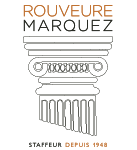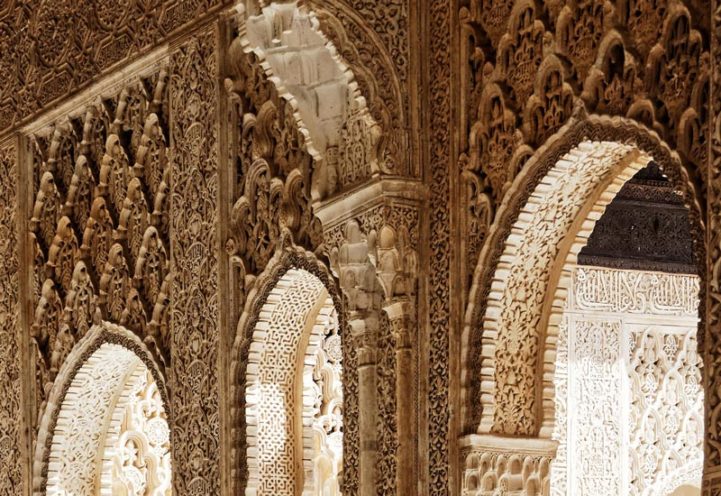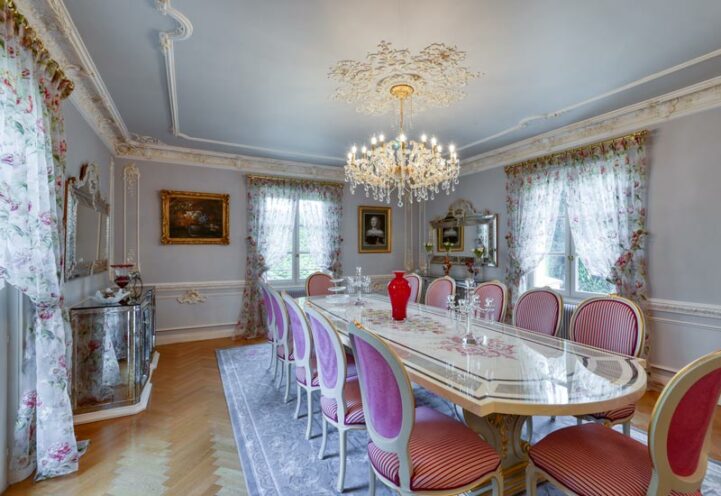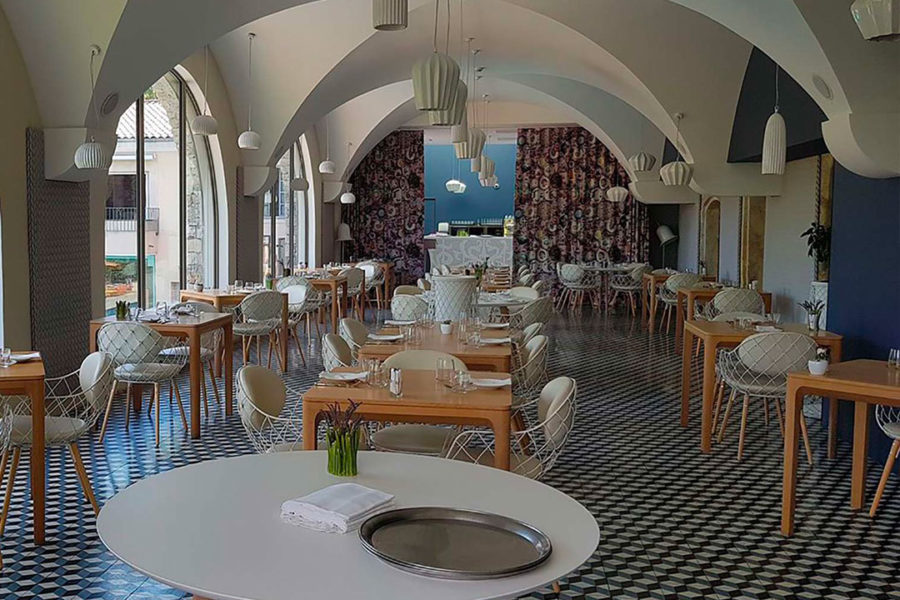Ornamentation from Middle Ages to Henri IV and Louis XIII, by way of the French Renaissance
The production of bespoke ornamentation made of fibrous plaster is an effective way of preserving the spirit of different architectural styles with respect for their conventions. That adherence to architectural conventions helps to showcase iconic locations and preserve traces of the past.
Ornamental plasterers have to be familiar with the unique features of each architectural movement in order to create decorations that fit into its specific architectural conventions. That knowledge allows them to both carry out restoration projects with consideration for their origins and design new projects tailored to specific architecture.
A overview of ornamentation during the Middle Ages, the Renaissance and the early modern period
Ornamentation in the Middle Ages
In an amalgamation of Roman, Byzantine, Arab and “barbarian” art, Romanesque art appeared on both religious and military buildings.
That architectural style is mainly recognizable by the simplicity of building blueprints but also by the forms it employs, massive indoor spaces and rustic constructions. This art form used many techniques, which helped to create variation in theshapes of vaulting (systems of aisles and transverse arches).
Sculpture also developed substantially as a result of its perfect alignment with the requirements of Romanesque architecture. Romanesque sculpture was created to be picturesque and whimsical.
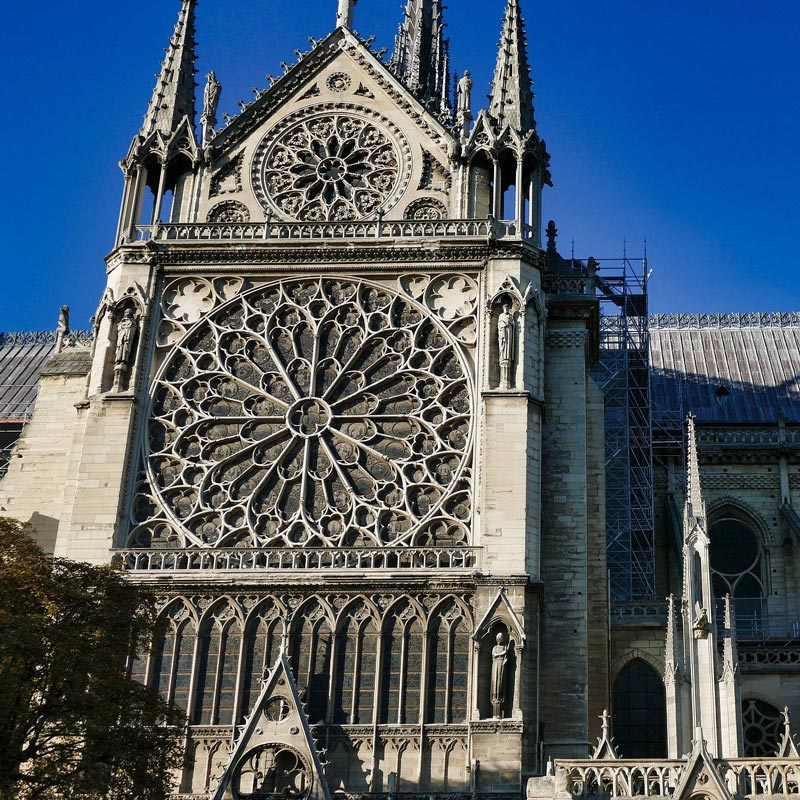
The Romanesque-inspired ornaments easily combine geometric shapes by alternating solid and hollow shapes giving rise to a contrasting play of light. Zigzags, intertwined diamonds, twists, saw teeth are tastefully ornamented with friezes, archivolts and column shafts. Stucco is frequently used for making these ornaments.
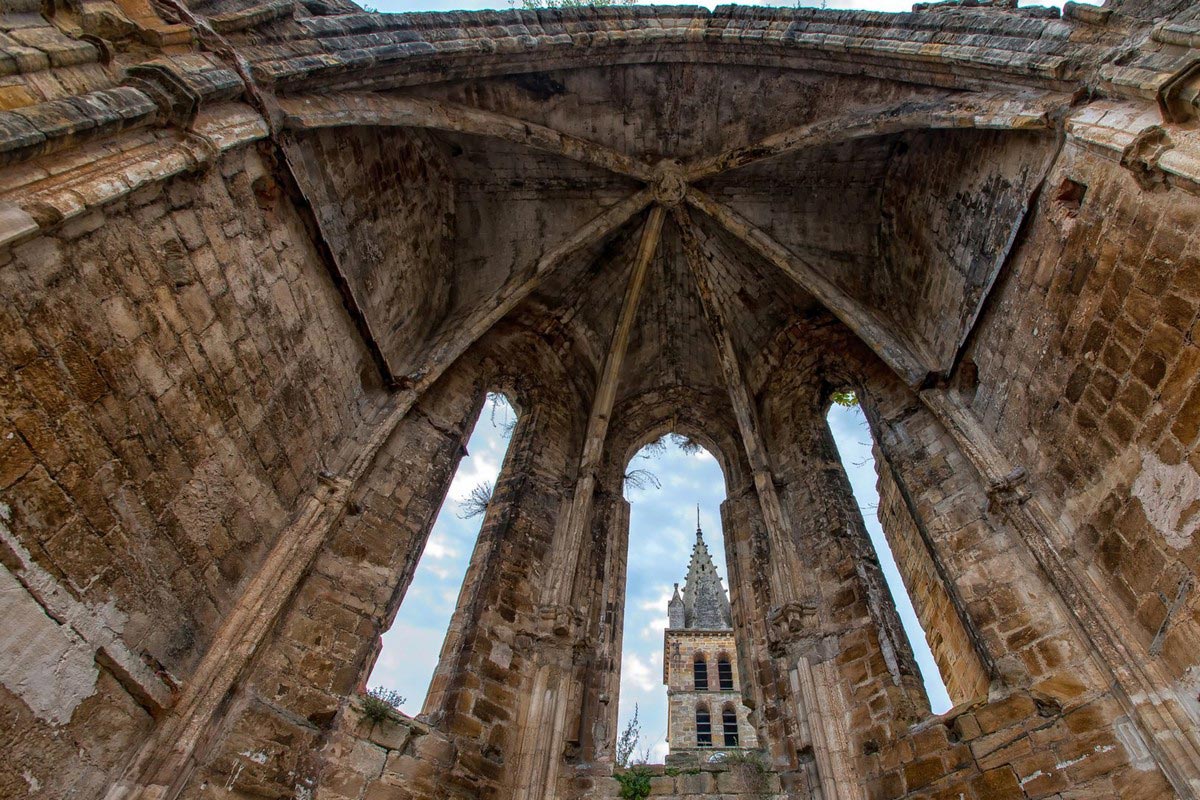
© www.audetourisme.com – Alain François
Gothic art
During this same era, Gothic art was born. Its architecture was built on the new method of the ribbed vault.
That technique freed up space while increasing natural lighting. This art form rarely referred to earlier architectural movements.
Its décor was inspired by nature, more specifically by plantlife, with motifs in the form of grapevines, laurel, ivy, clover, etc.
Ornamentation during the French Renaissance
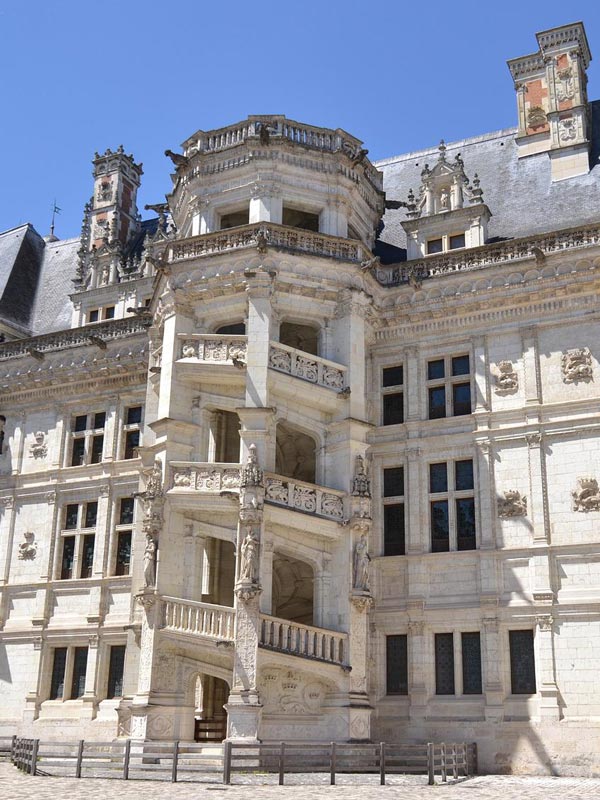
Although Gothic art was pan-European, the Renaissance was specific to each country. France, with its deep attachment tostonemasonry and stone ornamentation, drew inspiration from sculpted Italian decorations. The Lombard Renaissance was characterized by the use of multiple colours and an overabundance of ornamentation.
Architectural features borrowed from Italy made significant contributions to the evolution and transformation of French architecture. King Francis I invited many Italian artists, including Leonardo da Vinci, to participate in France’s artistic rebirth.
The façades of French constructions retain very few architectural elements from earlier movements, resulting in overall coherence between different buildings.
By using stucco and plasterwork, façades could be enriched by ornamentation taken from classical repertoire.
Architecture in the Early Modern period
The architectural style that characterized the reigns of the French Kings Henry IV and Louis XIII was distinguished by the Romanesque influence of the Baroque and late Mannerism. The decorative arts and more specifically painted decorationswere very popular during this time.
Baroque art marked the first half of the 17th century in France before being replaced by more classical conceptions of the dynamics of lines and excess. This energetic art would be transformed into Rococo over the course of the following century.
In an extension of the aesthetics of the Renaissance, classicism was embodied by orderly, balanced architectural compositions in terms of proportions and décor.
The style under Henry IV was dominated by contrasts and textured relief, the use of lots of colour and an overload of ornamentation. This was followed by a style under Louis XIII that was characterized by exuberance, whimsy and repeated shapes and forms.
To read also
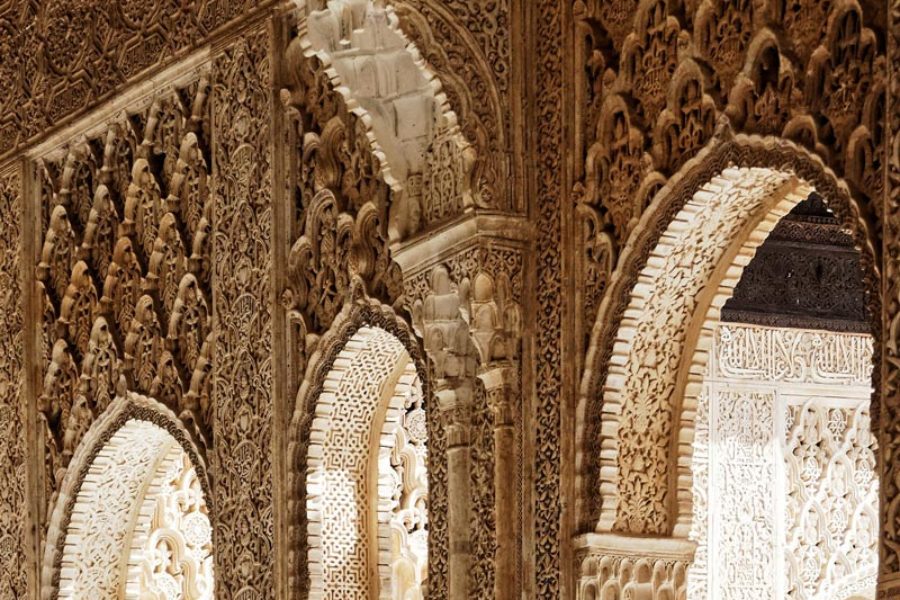
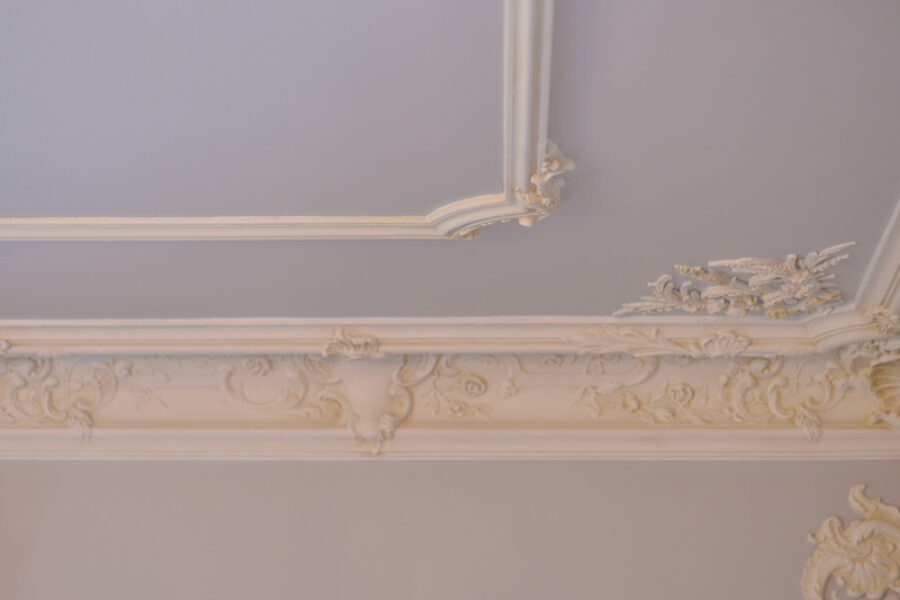
More information
